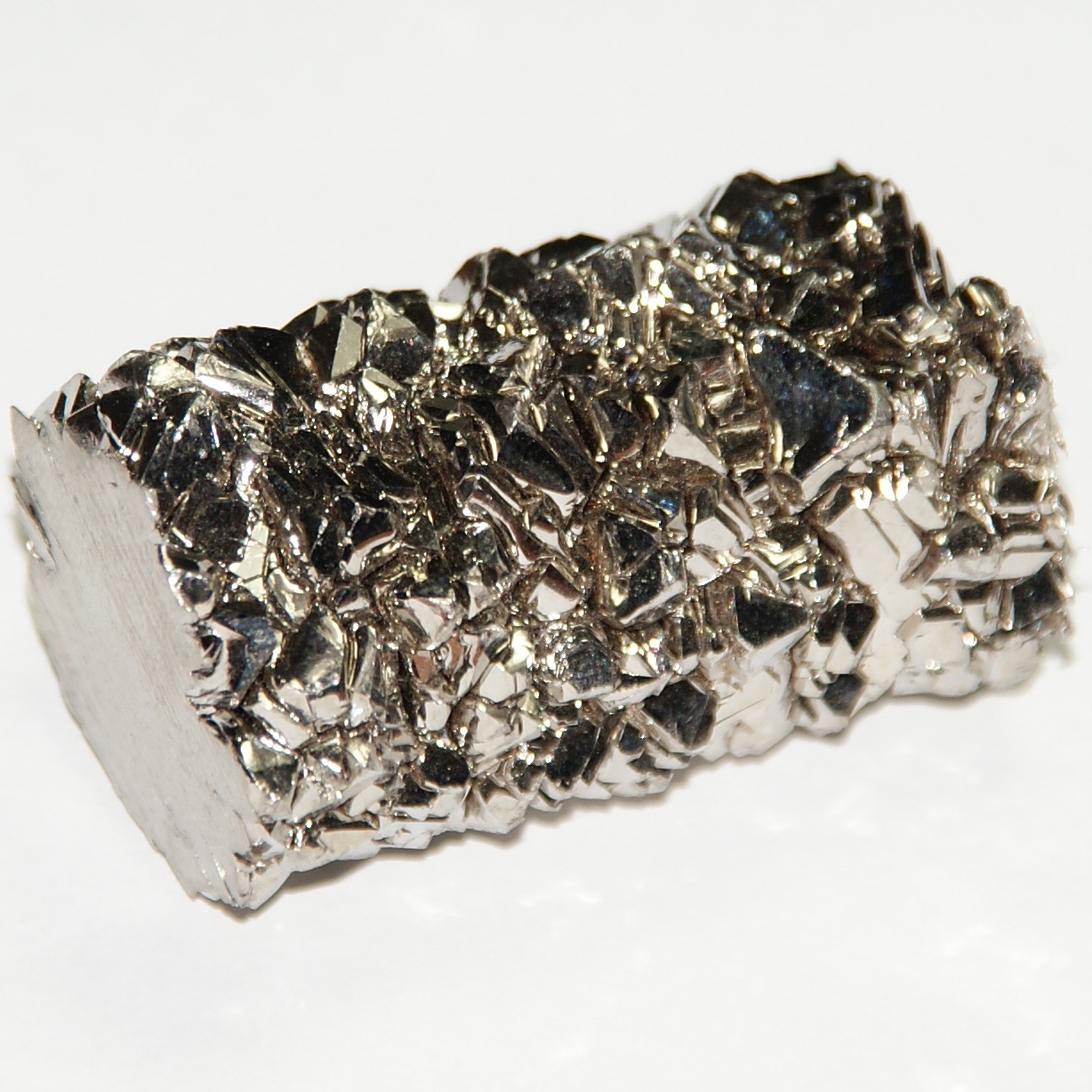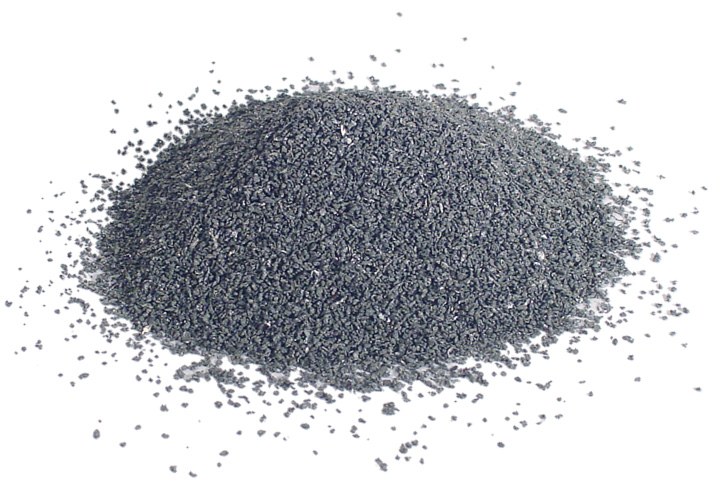It's not a joke guys! A new element has been confirmed! Check it out: http://www.iflscience.com/chemistry/new-element-confirmed
HCOONa Matata!
HCOONa is the sodium salt of formic acid. HCOONa Matata is a blog about Chemistry in which you will find useful information, exercises and even experiments. Enjoy!
Saturday, May 3, 2014
Monday, March 24, 2014
Element quizes
Goodmorning everyone! I found two really interesting Chemistry quizes and I hope you'll like them! So the first quiz is easier than the second one. In the first quiz you'll be given the element and you'll have to name the element and in the second one you'll be given the name and you'll have to write the Chemichal symbol.
Have fun!
First quiz
Second quiz
Have fun!
First quiz
Second quiz
Sunday, March 23, 2014
Titanium
Helo everyone! Today's post is about Titanium. Bellow you will find a short essay I did for my Chemistry subject the previous semester which includes information about this element. I skipped the bibliography part...hope you'll find it interesting!
XOXO
 Titanium was
discovered in 1791 in a mineral in Cornwall, England by the amateur geologist
and pastor William Gregor (William Gregor, 1761 - 1817) who was then vicar of
Creed parish village. Gregor, who was very skilled in the chemical analysis of
various substances and had already successfully analyzed substances such as
bismuth carbonate and topaz, found black sand, in a stream in the nearby parish
of plain Manakou (Manaccan), that looked like gunpowder, consisted of granules
of various sizes and shapes and was attracted by the magnet. The analysis of
the sand showed, as published in the same year in a German scientific journal
Crell'sAnnalen, that the sand was mainly composed of two oxides: Magnetite and
Reddish Brown Gravel.
Titanium was
discovered in 1791 in a mineral in Cornwall, England by the amateur geologist
and pastor William Gregor (William Gregor, 1761 - 1817) who was then vicar of
Creed parish village. Gregor, who was very skilled in the chemical analysis of
various substances and had already successfully analyzed substances such as
bismuth carbonate and topaz, found black sand, in a stream in the nearby parish
of plain Manakou (Manaccan), that looked like gunpowder, consisted of granules
of various sizes and shapes and was attracted by the magnet. The analysis of
the sand showed, as published in the same year in a German scientific journal
Crell'sAnnalen, that the sand was mainly composed of two oxides: Magnetite and
Reddish Brown Gravel.
In 1795 the German
chemist and pharmacist Martin Klaproth (Martin Heinrich Klaproth, 1743 - 1817),
who had discovered uranium in 1789, isolated a new oxide (the TiO2) from rutile
which he took from the region Boinik Hungary and found that it contained a new
element which he named titanium from the Titans of Greek mythology. When he
heard about Gregor’s discovery, he supplied menachanitis sample and confirmed
that it contained titanium. Klaproth justified the name of the metal saying
that whenever there has not been proposed a name for a new element to indicate
its qualities and characteristics, it is better to choose a name that does not
imply anything itself and therefore does not create false representations.
 Titanium combines
light weight and corrosion resistance and therefore it is used in many everyday
products such as drills, bicycles, golf clubs, watches, laptops, jewelry and
mobile phones. It forms resistant light alloys with many other metals such as
iron, aluminum, vanadium, molybdenum, etc. These alloys are widely used in the
aerospace industry to build engines, missiles and space vehicles. They are also
used in military and industrial applications in the petrochemical industry, in
desalination and pulp plants, in automotive, in agriculture, in medicine for
the manufacture of orthopedic materials in dentistry for making implants and in
many other occasions.
Titanium combines
light weight and corrosion resistance and therefore it is used in many everyday
products such as drills, bicycles, golf clubs, watches, laptops, jewelry and
mobile phones. It forms resistant light alloys with many other metals such as
iron, aluminum, vanadium, molybdenum, etc. These alloys are widely used in the
aerospace industry to build engines, missiles and space vehicles. They are also
used in military and industrial applications in the petrochemical industry, in
desalination and pulp plants, in automotive, in agriculture, in medicine for
the manufacture of orthopedic materials in dentistry for making implants and in
many other occasions.
XOXO
Introduction
Titanium is a chemical element with the symbol Ti,
atomic number 22 and relative atomic mass 47.867. It belongs to the fourth
group of the periodic table, to the 4th period, and to the first main series of
transition metals. Its melting temperature is 1668 ° C and its boiling
temperature is 3287 ° C. The relatively high melting point makes titaniuma refractory
metal. It is not magnetic and it also has low electrical and thermal
conductivity. Sometimes it is called "metal ofthe space age", it has
low density and it is hard, shiny, corrosion-resistant (including seawater and
chlorine) and has a silver color (white metal). The metal element of titanium is characterized for its high
strength to weight pressure.
History
 Titanium was
discovered in 1791 in a mineral in Cornwall, England by the amateur geologist
and pastor William Gregor (William Gregor, 1761 - 1817) who was then vicar of
Creed parish village. Gregor, who was very skilled in the chemical analysis of
various substances and had already successfully analyzed substances such as
bismuth carbonate and topaz, found black sand, in a stream in the nearby parish
of plain Manakou (Manaccan), that looked like gunpowder, consisted of granules
of various sizes and shapes and was attracted by the magnet. The analysis of
the sand showed, as published in the same year in a German scientific journal
Crell'sAnnalen, that the sand was mainly composed of two oxides: Magnetite and
Reddish Brown Gravel.
Titanium was
discovered in 1791 in a mineral in Cornwall, England by the amateur geologist
and pastor William Gregor (William Gregor, 1761 - 1817) who was then vicar of
Creed parish village. Gregor, who was very skilled in the chemical analysis of
various substances and had already successfully analyzed substances such as
bismuth carbonate and topaz, found black sand, in a stream in the nearby parish
of plain Manakou (Manaccan), that looked like gunpowder, consisted of granules
of various sizes and shapes and was attracted by the magnet. The analysis of
the sand showed, as published in the same year in a German scientific journal
Crell'sAnnalen, that the sand was mainly composed of two oxides: Magnetite and
Reddish Brown Gravel.
The magnetite, which is actually epitetartoxide iron, Fe3O4,
explained the magnetic properties of the sand while the unidentified oxide, the
reddish brown gravel (reddish brown calx), dissolved in sulfuric acid to give a
yellow solution and became purple when reduced by zinc, iron or tin while when
fused with coal dust, violet beads were formed. Gregor realized that the
unspecified material contained an unknown metal and published his findings at
the Royal Geological Society of Cornwall. He thought to name the new metal
menachanitis (the name of the parish in which he discovered), but he knew that
the publication was not a full scientific paper but rather a recording of
unconnected events. His increased duties in the parish prevented him from
further investigations on the magnetic black sand. Surprisingly, neither the
announcement attracted the attention of scientists of the time and it soon
forgotten. He died in June 1817.
Extraction and Content
Titanium is the ninth most abundant element and
constitutes about 0,6% w / w of the earth's crust. Titanium is not found with
its metal form (free) in nature, but it is always connected to other elements,
and therefore it is necessary to be extracted from minerals that are dispersed
throughout the Earth but rarely generate deposits of high concentrations. The main minerals of which titanium is
exported are rutile (TiO2) and ilmenite (FeTiO3) that are very dispersed across
the Earth. It is also extracted from the leucoxene.
Titanium is present in most igneous rocks and
sediments derived therefrom. Of the 801 types of igneous rocks analyzed by the
U.S. Geological Survey, 784 contained Titanium. It is also found in living
beings and natural waters while in seawater, the concentration is about 0.6 to
1 mg / L. In farmland the concentration ranges from 0.3 to 6%, while there are
increased concentrations in soils with added fertilizer. In the atmosphere the
concentration of titanium is too small. Furthermore, titanium has been found in
the sun, in the M-type stars and in the meteorites that fell to earth. The rock
samples brought by the Apollo 17 mission to the moon contained about 12%
titanium while analyzes of rocks from earlier Apollo missions show lower rates.
Properties and
Uses
The clean metal is
lightweight and has excellent strength and corrosion resistance. It also has
similar chemical behavior with silicon and zirconium. At high temperatures it
is burned in the air and in the purified nitrogen. Additional, it is ductile
and malleable when heated. It is insoluble in water but soluble in concentrated
acids and it does not affected by the bases. In its compounds, Titanium
displays with the oxidation numbers +4, +3, +2 in descending order of
frequency.
Titanium is not a
toxic metal. The widespread use of the element in medical applications combined
with many studies show that it is inert and biocompatible for both humans and
animals. However, it is observed that certain compounds and the metal itself,
under certain conditions, can cause problems in the human body.
 Titanium combines
light weight and corrosion resistance and therefore it is used in many everyday
products such as drills, bicycles, golf clubs, watches, laptops, jewelry and
mobile phones. It forms resistant light alloys with many other metals such as
iron, aluminum, vanadium, molybdenum, etc. These alloys are widely used in the
aerospace industry to build engines, missiles and space vehicles. They are also
used in military and industrial applications in the petrochemical industry, in
desalination and pulp plants, in automotive, in agriculture, in medicine for
the manufacture of orthopedic materials in dentistry for making implants and in
many other occasions.
Titanium combines
light weight and corrosion resistance and therefore it is used in many everyday
products such as drills, bicycles, golf clubs, watches, laptops, jewelry and
mobile phones. It forms resistant light alloys with many other metals such as
iron, aluminum, vanadium, molybdenum, etc. These alloys are widely used in the
aerospace industry to build engines, missiles and space vehicles. They are also
used in military and industrial applications in the petrochemical industry, in
desalination and pulp plants, in automotive, in agriculture, in medicine for
the manufacture of orthopedic materials in dentistry for making implants and in
many other occasions.
Conclusion
Titanium is a very
durable metal that was first discovered in the late 18th century. It appears in
nature always connected to other elements and it can also be found in living beings
such as human. Thanks to its biocompatibility, most of the times, it is widely
used in many everyday products offering us many comforts and wares in our daily
lives and contributing in important sectors such as medical and aerospace
industries.
After this essay, I finally understood the lyrics of this song!
Sunday, March 16, 2014
Making crystals
Hello! So this blog is my individual work for the semester and I will be running it until the end of April. Anyway, I found this interesting video and thought to share it with you. In the video a man describes how to make crystals in a very easy way! Enjoy! :)
Subscribe to:
Comments (Atom)



